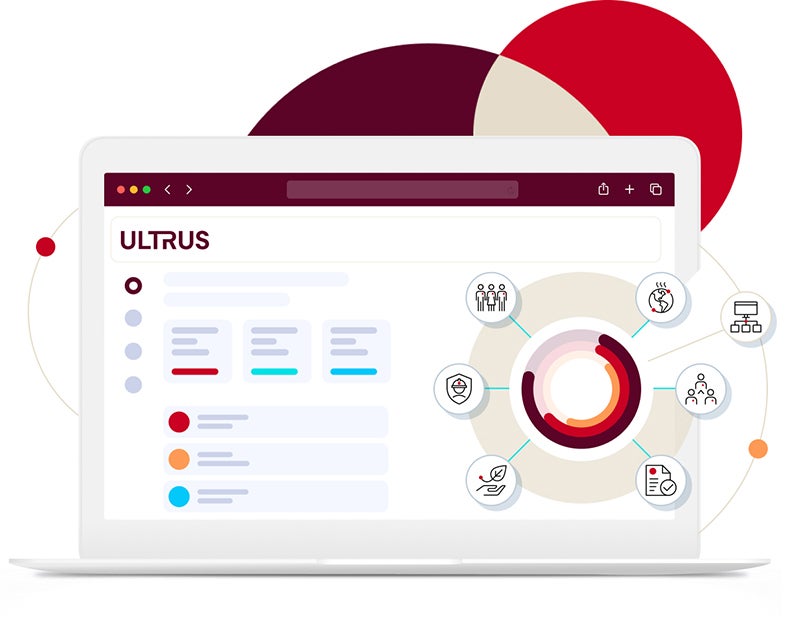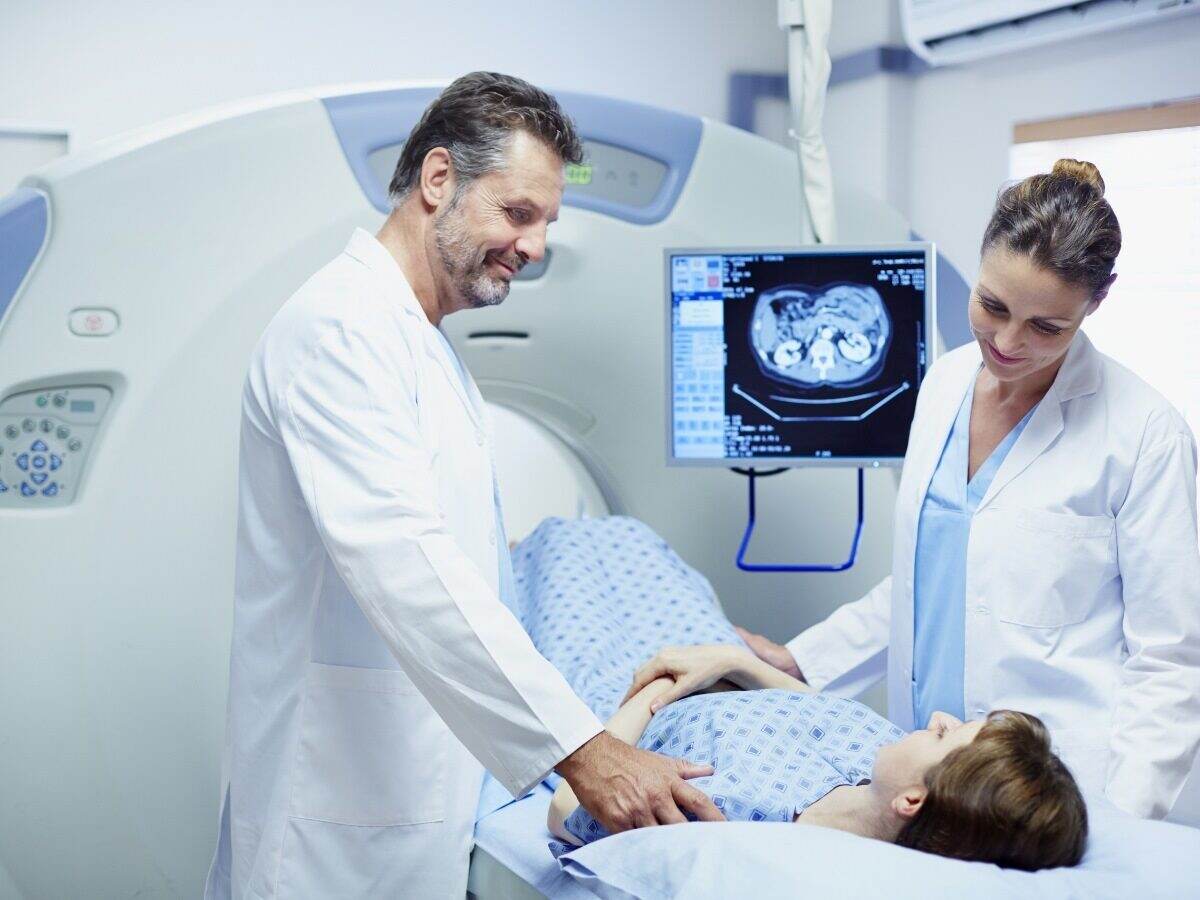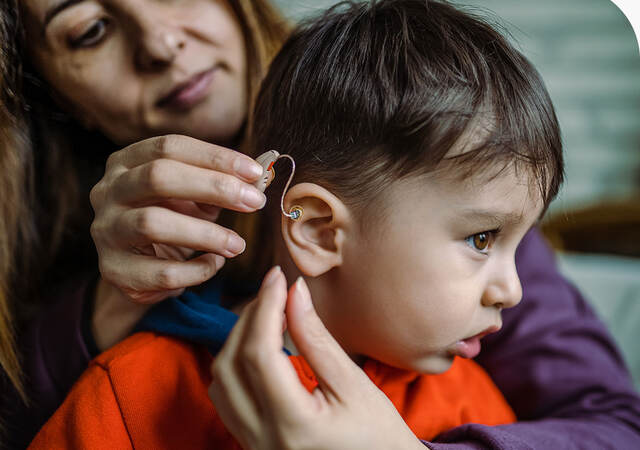Medical device manufacturers have much to consider when developing market access and compliance strategies. Prioritizing the right market, managing complex regulatory requirements, and more importantly, understanding the changing regulatory landscape can determine the success of a company’s commercialization effort.
We recently caught up with Evangeline Loh, Senior Manager, Medical Market Access at Emergo by UL, to discuss pertinent questions that will help medical technology companies shape their market access and global regulatory strategies in 2025.
Q: What are the key trends or shifts you foresee in the medical market access space in 2025 and the next few years?
Several trends are worth following closely over the next year and beyond. First, we’re seeing shifts in how new medical device manufacturers determine which market to access first. Regulatory changes in the EU have led some companies to prioritize market entry in the U.S. first.
We have also seen more collaboration between medical device regulators to address concerns about regulatory resources and support harmonization. In a recent example, China’s National Medical Products Administration (NMPA) and Malaysia’s Medical Device Authority have agreed to facilitate streamlined medical market access reviews for some medical devices in their respective markets.
Also, there is an increased regulatory focus on post-market surveillance (PMS), requiring manufacturers to build out capabilities to maintain compliance once their products are brought to market. However, PMS requirements can vary across medical markets, challenging health and life sciences companies active in multiple countries.
We at UL Solutions often talk about the “electrification of everything,” and this trend clearly applies to health and life sciences, as well. As technologies to collect data and software to analyze data proliferate and become more sophisticated, manufacturers will continue to face challenges around cybersecurity to support patient safety and privacy protection. This all of course also relates to the rise of artificial intelligence (AI) and how that will impact both medical product development and compliance. With the EU AI Act in 2024, the EU became the first jurisdiction to establish formal legislation for how AI is used, including for medical technologies. We are monitoring developments in the U.S. and other markets to see how other medical device regulators approach AI oversight.
Q: When a medical device manufacturer is ready to commercialize a new product, it’s often debated whether to market in the US or EU first. What is your take?
Earlier, it was generally acknowledged that obtaining CE certification for new devices in the EU was easier under the erstwhile Medical Device Directives and the third-party notified bodies designated by EU member states.
However, the regulatory landscape shifted with the application of the EU Medical Devices Regulation (MDR 2017/745). There are still only under 50 notified bodies designated to issue CE marking under the MDR, and there have been various amendments to the MDR to protract the timelines (Regulation 2020/561 and Regulation 2023/607, for example).
For a manufacturer with a Class II device in the U.S., identifying a substantially equivalent device for a 510(k) submission often isn’t difficult, and there is the De Novo submission route for manufacturers when there is no explicit product code available and the device is believed to be less than high-risk (Class I or Class II). There is also the established Pre-Sub or Q-Sub process for posing questions to the U.S. Food and Drug Administration (FDA), though structured dialogues are starting to be feasible with EU notified bodies. Further, with a cleared 510(k), it is easy for the manufacturer to file a special 510(k) with the FDA for some changes.
Hence, because of the significant transition from the MDD to the MDR in Europe, manufacturers with new devices are strategically reassessing what the optimal first market is.
Enabling safety, compliance and sustainability for medical innovation
Our safety science expertise and software enable industry innovators across the medical product life cycle in overcoming critical challenges and developing safer, more effective products that empower users globally.
Q: The regulatory landscape is often discussed from the perspective of the U.S. FDA and EU systems. What according to you is the key difference between the two regulatory systems?
One of the differences is with the classification system. In the U.S., a specific product code which matches the description and intended use of the device is identified by the FDA, leading to the classification and type of regulatory submission.
In contrast, the EU system, which follows a rules-based classification, classifies the device after reviewing a series of rules, and the regulatory documents which need to be submitted, if applicable, to the notified body for CE certification.
The U.S. system also uses a regulatory mechanism of substantial equivalence for Class II 510(k) cleared devices, in which the manufacturer must demonstrate their device is substantially equivalent to a device already cleared for the U.S. market.
Q: Global harmonization and regulatory reliance have been a theme which we’ve heard a lot about in 2024. Are there regulatory systems which leverage regulatory authorizations?
Yes, there are regulatory systems which leverage authorizations from other regulators such as those in the U.S. and EU. In such cases, manufacturers can leverage regulatory authorizations from one country to gain market access to one or more other countries with agreements in place. However, the U.S. and EU would never leverage authorizations from other market regulators.
To give an example, since 2002, the Australian regulatory system has been based on the former Global Harmonization Task Force (GHTF) and leveraged EU compliance. The Australian Therapeutic Goods Administration (TGA) expanded leveraged authorizations in 2018 to other regimes: U.S. FDA, Health Canada (HC) and the Japanese Ministry of Health Labor and Welfare (MHLW). Most recently (September 2022), the TGA added the Singapore Health Sciences Authority (HSA) to the list. To accompany its regulatory system, the TGA has implemented a robust market surveillance system, and very actively monitors medical device manufacturers and their post-market activities.
There are many other regulatory systems which have developed some form of leveraged authorizations. Both the U.K. and Switzerland, which exited the EU via BREXIT and SWEXIT, respectively, have continued to base their legislation on the EU and leverage EU compliance. Both countries have recently alluded to leveraging U.S. FDA authorization in the future as well. The Brazil National Health Surveillance Agency (ANVISA) promulgated Resolution RDC 741/2022 to acknowledge that there would be forthcoming legislation to permit leveraging recognized equivalent regulatory authorizations for higher-risk Class III and IV devices. This was followed by a public consultation (September 2023) of a Normative Instruction to provide further information about the submission process and Equivalent Foreign Regulatory Authority (Autoridade Reguladora Estrangeira Equivalente (AREE)), which resulted in Normative Instruction IN 290/2024.
Q: Do you think leveraging regulatory authorizations can advance global regulatory harmonization?
Yes, to some extent, it facilitates the adoption of standardized practices, reduces duplication of efforts and leads to mutual recognition among regulatory bodies. The Global Harmonization Task Force (GHTF), now replaced with the International Medical Device Regulators Forum (IMDRF), and the Asian harmonization organization, the Association of Southeast Asian Nations (ASEAN), are actively working toward global regulatory harmonization.
The GHTF’s work aligned more with the EU regulatory system: classification rules, Essential Principles, Conformity Assessment, Clinical Evaluation and Summary Technical Documentation (STED).
We would now assert that the IMDRF is equally in favor of other regulatory systems. To better manage resources and optimize review timeframes, more regulators now leverage authorizations, and some unique models have been proposed.
Q: You mentioned the IMDRF. What role does it play in driving more harmonization among medical device regulators to streamline market access?
The IMDRF has been active, and last year with the U.S. FDA as the chair, further advanced regulatory reliance. The IMDRF has been convening regulators in working groups, to develop guidance documents. Regulators particularly with less established medical device regulatory systems have benefited from the knowledge sharing and experience of others.
In previous years, a manufacturer could submit a STED it had compiled for an EU notified body review to another regulator that had adopted GHTF-, IMDRF- or ASEAN-style regulatory systems. A company could also submit other documents originally needed for CE certification, including an EU Essential Requirements Checklist or EU Clinical Evaluation Report, to other regulators like HC.
The IMDRF version of the guidance, titled Non-In Vitro Diagnostic Device Market Authorization Table of Contents (ToC), includes a discussion of which headings are applicable to each jurisdiction’s submission.
With the IMDRF’s aspirations for a global regulatory submission framework, the organization announced the use of the U.S. FDA electronic Submission Template and Resource (eSTAR). Progress was evident when the FDA and HC partnered to pilot the eSTAR (January 2023) for use to generate regulatory submissions to the Canadian regulator.
Q: Any final thoughts you would like to share?
The U.S. and EU continue to be the first markets medical device manufacturers usually choose to launch new products, though the U.S. may now be preferred ahead of the EU.
Regulatory resources are scarce, and regulators want to maintain access to safe and effective medical devices for their citizens. To accommodate this, regulators and regulatory systems need be creative, dynamic and resourceful: evolving towards a more efficient global regulatory system.
Within UL Solutions we provide a broad portfolio of offerings to all the medical device industries. This includes certification, Approved/Notified Body and consultancy services. In order to protect and prevent any conflict of interest, perception of conflict of interest and protection of both our brand and our customers brand, we have processes in place to identify and manage any potential conflicts of interest and maintain impartiality. UL Solutions is unable to provide consultancy services to EU MDD, MDR or IVDD Notified Body, UKCA MD Approved Body or MDSAP Customers.
We help health and life sciences companies access highly regulated markets
We provide regulatory expertise and software to help customers streamline regulatory affairs. Our testing and certification services help companies demonstrate product safety and performance.
Related resources
Get connected with our sales team
Thanks for your interest in our products and services. Let's collect some information so we can connect you with the right person.







